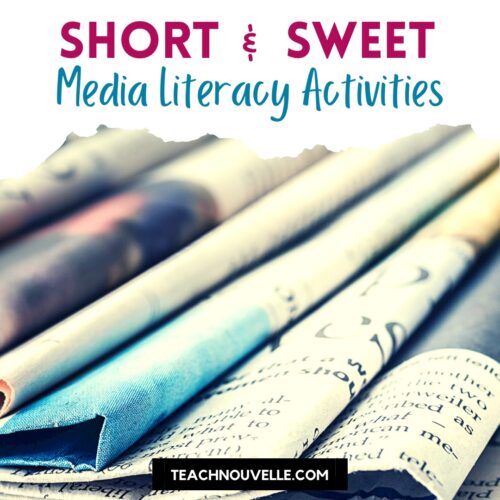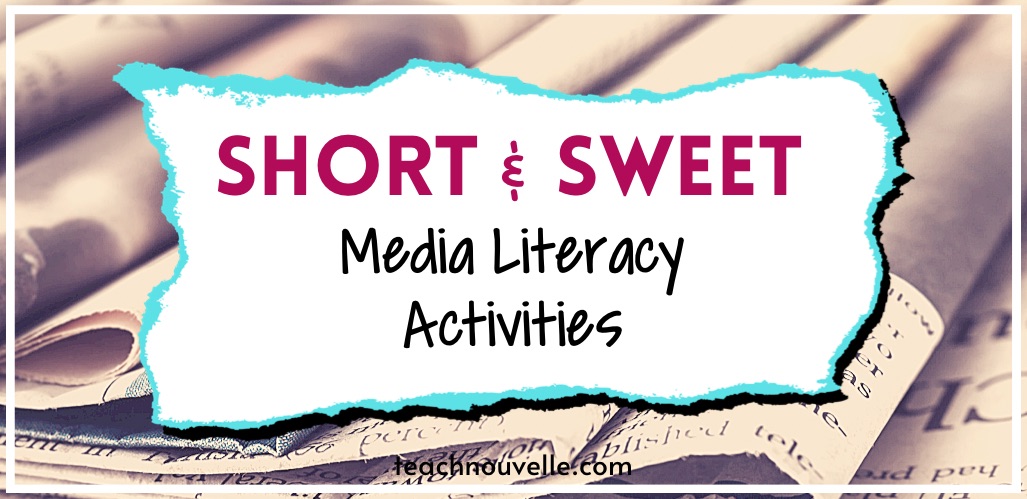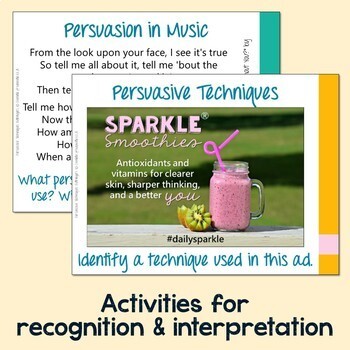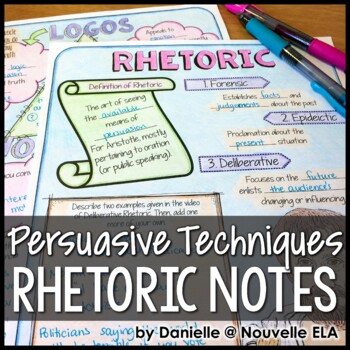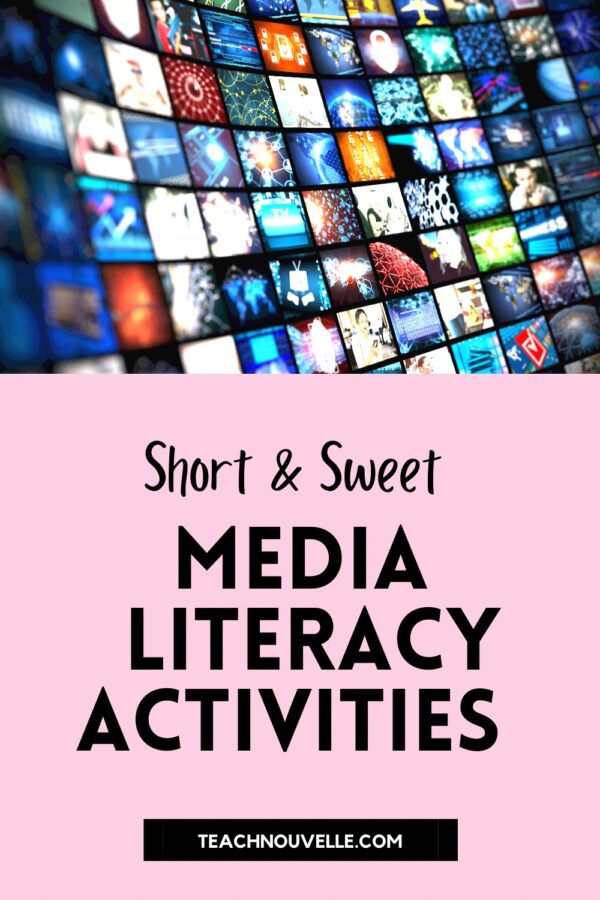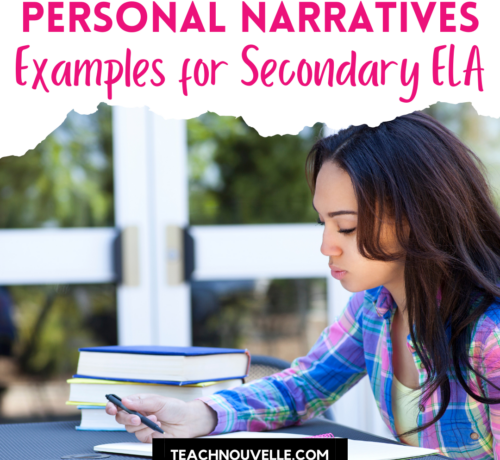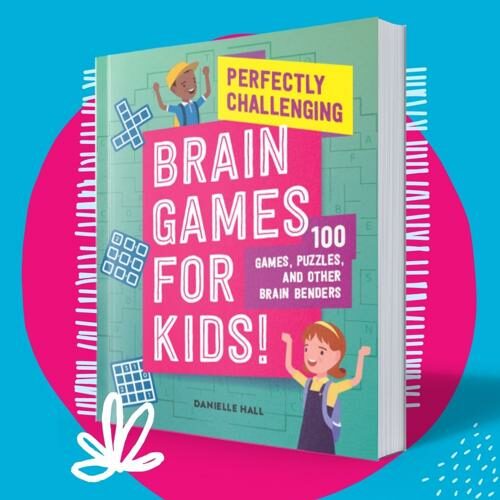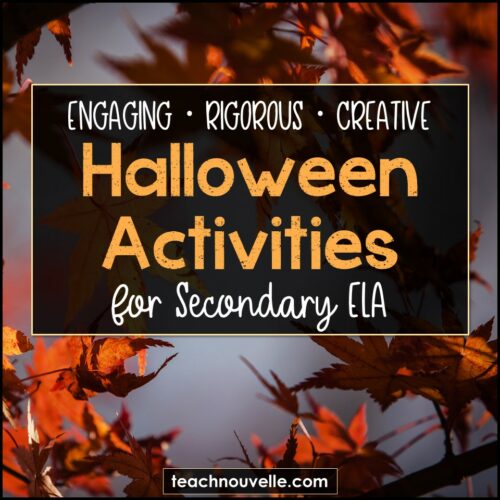These quick and low-prep media literacy activities will help you improve your student’s critical thinking skills, teach rhetorical analysis and persuasive techniques, and even practice public speaking!
To me, teaching media literacy goes hand in hand with teaching Secondary ELA. After all, understanding and interpreting a novel, or analyzing an author’s purpose isn’t so different from critically reading a news article or blog post.
Media literacy is especially critical if you’re teaching about current events or exploring topics like immigration or social justice in ELA.
I also have a new resource (2023) that has 15 lesson plans analyzing pop culture short texts, like TV episodes, songs, short films, and more! It is a fantastic, standards-aligned resource that builds media literacy skills. Check out the 15 Pop Culture Analysis Activities resource here.
What is media literacy?
Teaching media literacy is all about helping students develop their critical thinking skills and become responsible consumers and creators of media. Students with strong media literacy skills can:
- Understand how media is being constructed for a purpose
- Assess the influence of that media on themselves and others
- Create media thoughtfully and conscientiously
-definition from medialiteracynow.org
Why is media literacy important?
Media Literacy moves beyond just teaching students to identify persuasive techniques and propaganda – it helps them understand the messages they are receiving every day. Beyond traditional literacy skills of reading and writing, students need to be able to decode videos, social media posts, songs, and much more.
Media literacy activities for high school and middle school help students move from a “hunch” about what someone is trying to sell them to being able to critically analyze messages.
Quick Media Literacy Activities:
1. “Buy My Pencil” Speaking Game
I originally shared this game in the post “Six Ideas for Teaching Media Literacy” over at the Secondary English Coffee Shop Blog.
In this activity, students try to convince each other to buy a pencil. They will employ various persuasive techniques, even if they do not yet have the names for all of them. This is because students absorb persuasion constantly, and demonstrate various techniques on a hunch. After a few minutes of letting them try to sell a partner their pencil, call students back together and have them describe the techniques they used.
To extend this, you can have students perform these impromptu skits in front of a larger group or in front of the class. This is a great way to get some informal public speaking practice, and I’m always a proponent of making public speaking less intimidating.
2. Persuasive Techniques Bell Ringers
Use these bell ringers as daily media literacy activities for high school or middle school. Students will practice analyzing persuasive techniques in writing, ads, and music. They will also use persuasion effectively in scaffolded writing and artistic tasks!
These bell ringers are so useful for teaching media literacy because they provide daily practice and leave plenty of time to touch base on skills.
Want tips like these delivered right to your inbox? Sign up for my monthly Teaching Tips Newsletter and you’ll get that, plus free resources and other subscriber perks 🙂
3. Introduction to Rhetoric Doodle Notes
Use this FREE media literacy activity to introduce ethos, logos, and pathos to students. Students watch two videos and read an article, all found for free online. As they go, they complete their visual notes.
This is a great activity to kick off your Persuasive Techniques and Media Literacy Unit!
Bonus Resource! Using Newsy in the classroom
Have you heard of Newsy? It’s a platform for in-depth video coverage of a variety of topics, and it’s free for your use.
They’ve taken stories from CNN, BBC, HuffPo, and many more sources, and condensed them. Videos range in length, but generally run around two minutes.
The reporters speak slowly, and each video includes a transcript. This concise style makes Newsy videos easy-to-digest for non-native speakers.
Newsy with Adult ELLs
I currently use Newsy with adult English language learners. Students enjoy Newsy because it is “real English” and doesn’t have the same “fake” feel as a scripted conversation.
Students also enjoy that Newsy topics are current and interesting, in domains that matter most to them (technology, business, economics, etc.).
Newsy with Younger ELLs
You can use a Newsy video to start off your class period, having the video act as a conversation starter. You could also have students complete a KWL chart before viewing the video in order to activate prior knowledge. This would be a great approach with younger students, particularly if you are teaching ESL as part of another class. For example, you could use a Newsy science video to build scientific vocabulary.
You can also use Newsy videos to reinforce summarizing skills and practice main idea. The videos are short enough that you could show three or four in succession and have students pinpoint the main idea in each.
Newsy in an ELA Classroom
In an ELA classroom, you can use Newsy in a variety of ways.
Use Newsy…
-to accompany a journal topic. This is a great way to draw students in with something visual and auditory before asking them to write. Also, at a run time of about two minutes, these videos won’t take up too much time. I like to do videos with journal topics a couple times a week.
-to kickstart a research mini-project. After viewing a video as a class, give students the rest of the lesson to do a quick inquiry. For example, if students watch a video about McDonald’s new custom ordering scheme, have students research other fast-food restaurants that have tried this. Has it worked for them? Have students present their findings (and sources!) to small groups.
-to prompt debate. After viewing a video, have students take sides of an issue. Give students time to research and then debate their opinions as a class or in small groups
-to serve as a model. Have students work in pairs to prepare (and produce!) a two-minute news clip about a topic. The resulting videos would even be short enough to watch in class on a “viewing day”. This would be a great way to get kids to dive into research, as well as incorporate reading, writing, speaking, and listening into a project.
I hope this post showed you how teaching media literacy is in middle or high school ELA! As teachers, we aren’t just here to help students make sense of Shakespeare, we’re also here to help them make sense of the world around them.
Do you have any go-to media literacy activities? Comment below!
Happy teaching!
P.S. If you try any of these activities with your students, I’d love to hear how it went! Reach out on IG @nouvelle_ELA 🙂

